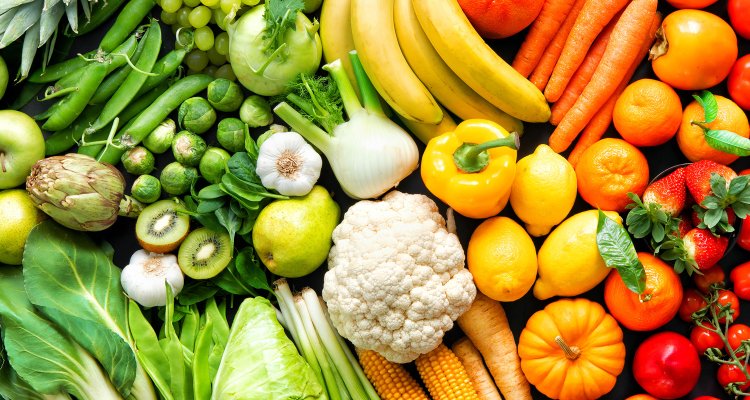
News
Children eat new types of fruit and vegetables with Miffy
Can parents get their children to eat new types of fruit and vegetables in a playful way? This question is central to a study into experiences with the 'Miffy eats the rainbow' method. Researchers from Wageningen University & Research developed this colorful approach in collaboration with Mercis, the rights agency and publisher of Dick Bruna's books.
In the study, the researchers test parents' experiences with the method when they use it at home. Can this be applied well in daily life and how effective is it for their child? The researchers previously tested 'Miffy eats the rainbow' in classes at various primary schools and the results were promising.
Insufficient fruit and vegetables
Fruit and vegetables are extremely important for a child's health and lay the foundation for a healthy diet later in life. Yet many children in the Netherlands still do not eat enough fruit and vegetables. About 95 percent of children aged 4 to 11 do not meet the recommendations for the daily amount of vegetables. On average they eat less than half of this. Only 2 in 5 meet the recommendations for both fruit and vegetable intake (125-175 grams of vegetables per day and 1.5 pieces of fruit for children aged 4-8 years). A healthy diet prevents many weight and (later) health problems in children. In 2018 to 2021, 12 percent of children aged 2 to 12 years were overweight and 3 percent were seriously overweight (obese)*.
About the research
Every time a child eats a certain color of fruit or vegetable, a sticker of that color can be placed on a poster. This way the child eats all the colors of the rainbow, just like Miffy.
There are special 'Miffy eats the rainbow' stickers to place on the matching poster. These stickers can be picked up for free at Bruna or ReadShop stores between March 11 and 23, 2024. The 'Miffy eats the rainbow' poster can be downloaded via the button on this page. Parents or caregivers can then complete a questionnaire and participate in the study.
Sources
Eating enough fruit and vegetables is linked to positive effects on cognitive development in children and a reduced risk of developing non-communicable diseases such as obesity:
i. Roberts M, Tolar-Peterson T, Reynolds A, Wall C, Reeder N, Rico Mendez G. The Effects of Nutritional Interventions on the Cognitive Development of Preschool-Age Children: A Systematic Review. Nutrients. 2022;14(3):532.
ii. Bellisle F. Effects of diet on behavior and cognition in children. British Journal of nutrition. 2004;92(S2):S227-S32.
2 in 5 meet the recommendations for both fruit and vegetable intake (100-150 grams of vegetables per day and 1.5 pieces of fruit for children aged 4-8 years):
i. Van Rossum C, Buurma-Rethans E, Vennemann F, Beukers M, Brants HA, De Boer E, et al. The diet of the Dutch: Results of the first two years of the Dutch National Food Consumption Survey 2012-2016. RIVM letter report 2016-0082. 2016.
When we look at vegetables alone: 95% of children aged 4-11 do not meet the vegetable recommendations. They eat an average of 74 g per day, while the recommendation is to eat 125-175 g:
i. Van Rossum CTM, Buurma-Rethans E, Beukers M. Vegetable consumption of 4–12 year olds, results of VCP 2012–2014 (memo); RIVM, 2017.
Figures for overweight: In 2018 to 2021, 12 percent of children aged 2 to 12 years were overweight and 3 percent were seriously overweight (obesity):
i. Less overweight and obesity among children with highly educated parents | CBS